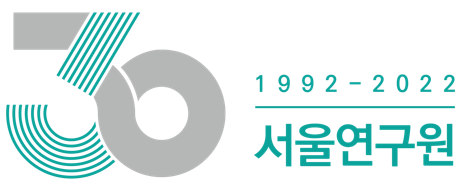-
환경
상수도
-
상수도
서울시의 상수도는 1903년 서울에 거주하던 일본인들이 일본인 거주구역에 사설로 설치한 것을 시발점으로 하여 1908년 근대적인 상수도가 공식적으로 창설되었다.
1960년대 이후 서울시 상수도 보급률은 완만하게 증가하여 1970년에 90%를 넘어섰으며, 90년대 이후 거의1 00% 수준에 이르고 있다.
상수도 보급률의 증가는 1960년대 이후 지속적인 정수장의 건설 및 송배수관의 확충에 따른 결과이다. 송수관 및 배수관의 총연장은 1957년 426㎞이던 것이 2010년 현재 10,361㎞로 무려 24배로 증가하였다. 서울시의 상수도 시설용량은 1970년대 후반에 200만 톤 수준이던 것이 1999년에는 730만 톤에까지 이르렀다가 2012년 현재 435만 톤 규모의 시설용량을 유지하고 있다.
1인당 하루 급수량은 1976년 당시 332ℓ였으나 1996년 478ℓ까지 지속적으로 늘어났고, 2012년 현재 303ℓ로 감소하였다.
WATERWORKS
Seoul's first modern waterworks system derives from a private Japanese-built system in the Japanese boroughs and was officially launched in 1908. After the 1960s, access to waterworks increased gradually and increased to nearly 100% in the 1990s.
The improvement in waterworks accessibility was due to the construction of water treatment plants and the expansion of the water pipe system. In the late 1970s, the capacity of Seoul's waterworks plants was only 2 million tons. While facility capacities were around 2 million tons in the late 1970s, they rose to about 7.3 million tons in 1999, before scaling back and maintaining the current levels of about 4.35 million tons as of 2012.
출처 : 서울특별시, 상수도사업본부
출처 : 서울특별시, 서울통계
표 10-1 정수장 현황 2012
정수장시설용량생산량평균가동률
[1000㎥/일][1000㎥/일][%]
광암400 22155.2
구의250 19276.9
뚝도500 40580.9
영등포600 44474.0
암사1600 1,15272.0
강북1000 81181.0
계4350 3,22574.1


